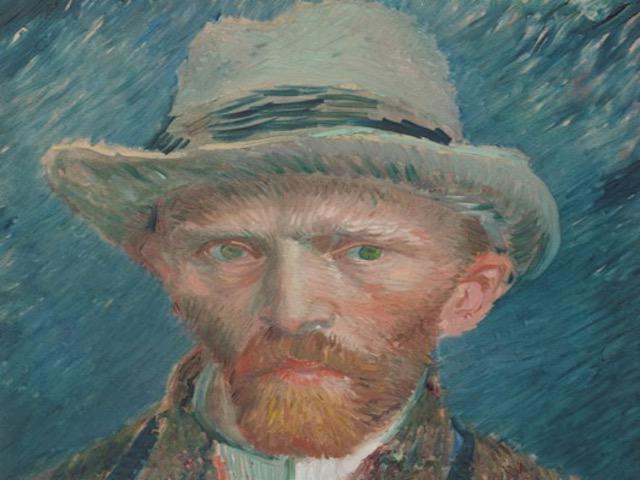Self Portrait, Vincent Van Gogh

Vincent Van Gogh's "Self-portrait with a felt hat" is a captivating piece that showcases the artist's transition into the world of Impressionism. The painting, created in 1886 during Van Gogh's time in Paris, reflects his exploration of this new artistic style after being introduced to it by his brother Theo. With bold brushstrokes and vibrant colors, Van Gogh captures his own image with a sense of melancholy, gazing into a mirror to convey his inner emotions. The use of bright tones such as red and yellow adds a dynamic energy to the portrait, while the absence of distortion in this particular work allows for a more direct expression of feeling.
This self-portrait is just one of many that Van Gogh created during his career, with a total of three bearing the same title and 35 others known to exist. The artist's financial struggles led him to forego paying models and instead turn to painting peasants, landscapes, and flowers as subjects. This shift in focus not only saved him money but also allowed him to explore different themes and styles in his work. Van Gogh's ability to capture the essence of his subjects, whether it be himself or the world around him, is evident in the emotional depth of his paintings.
As visitors stand before "Self-portrait with a felt hat" in a museum or gallery, they are transported back in time to the streets of Paris where Van Gogh once roamed. The painting serves as a window into the artist's psyche, offering a glimpse into his struggles and triumphs as he navigated the world of art. The intricate details of the hat, the intensity of the gaze, and the overall composition of the piece all come together to create a powerful and moving portrait that continues to captivate audiences to this day.
In conclusion, Van Gogh's "Self-portrait with a felt hat" is not just a painting but a reflection of the artist's journey through life and art. It stands as a testament to his talent, his passion, and his unwavering dedication to his craft. As tourists explore museums and cities around the world, this iconic work serves as a reminder of the power of art to transcend time and connect us to the emotions and experiences of those who came before us.
© ChatGPT 3.5